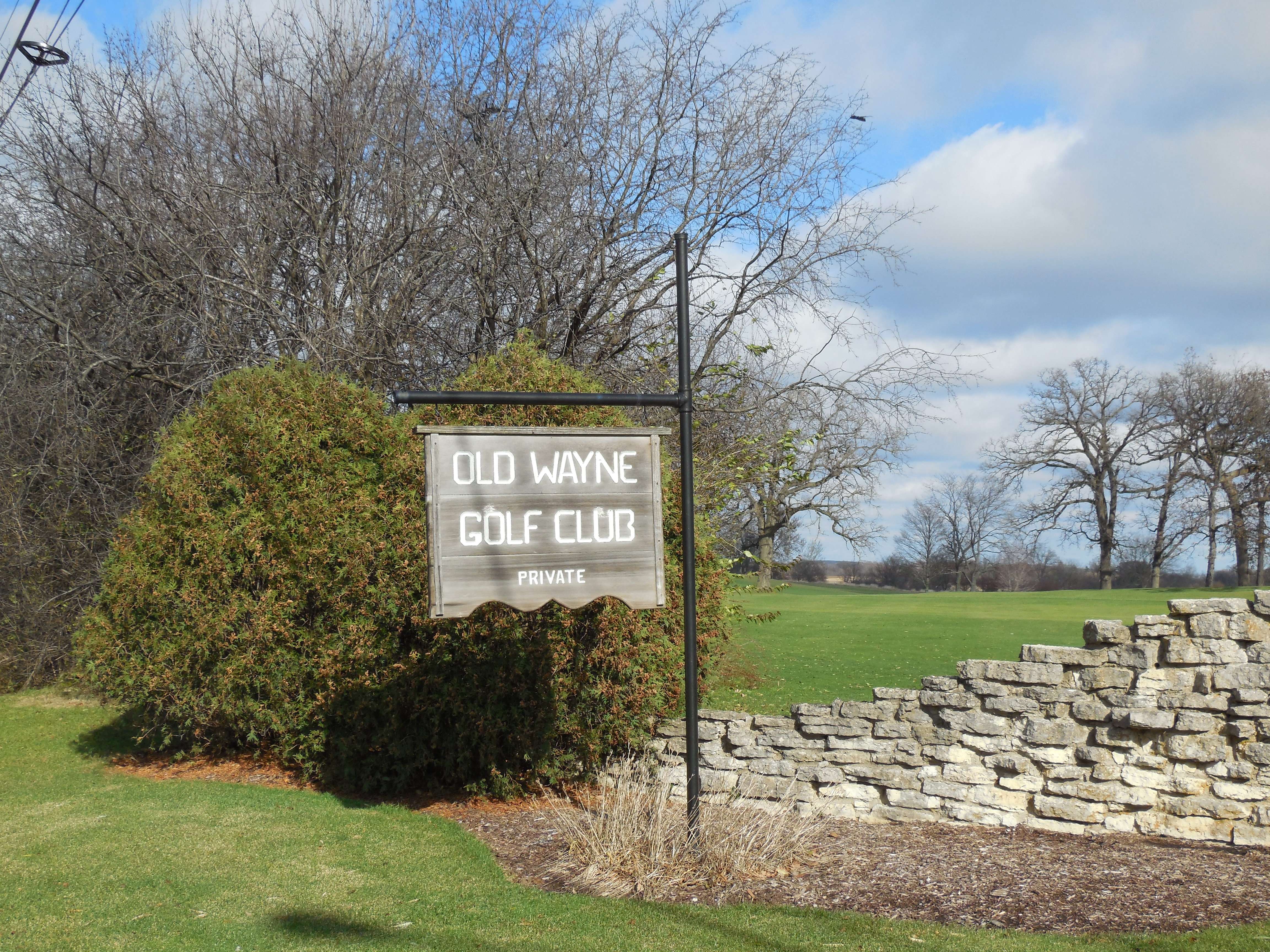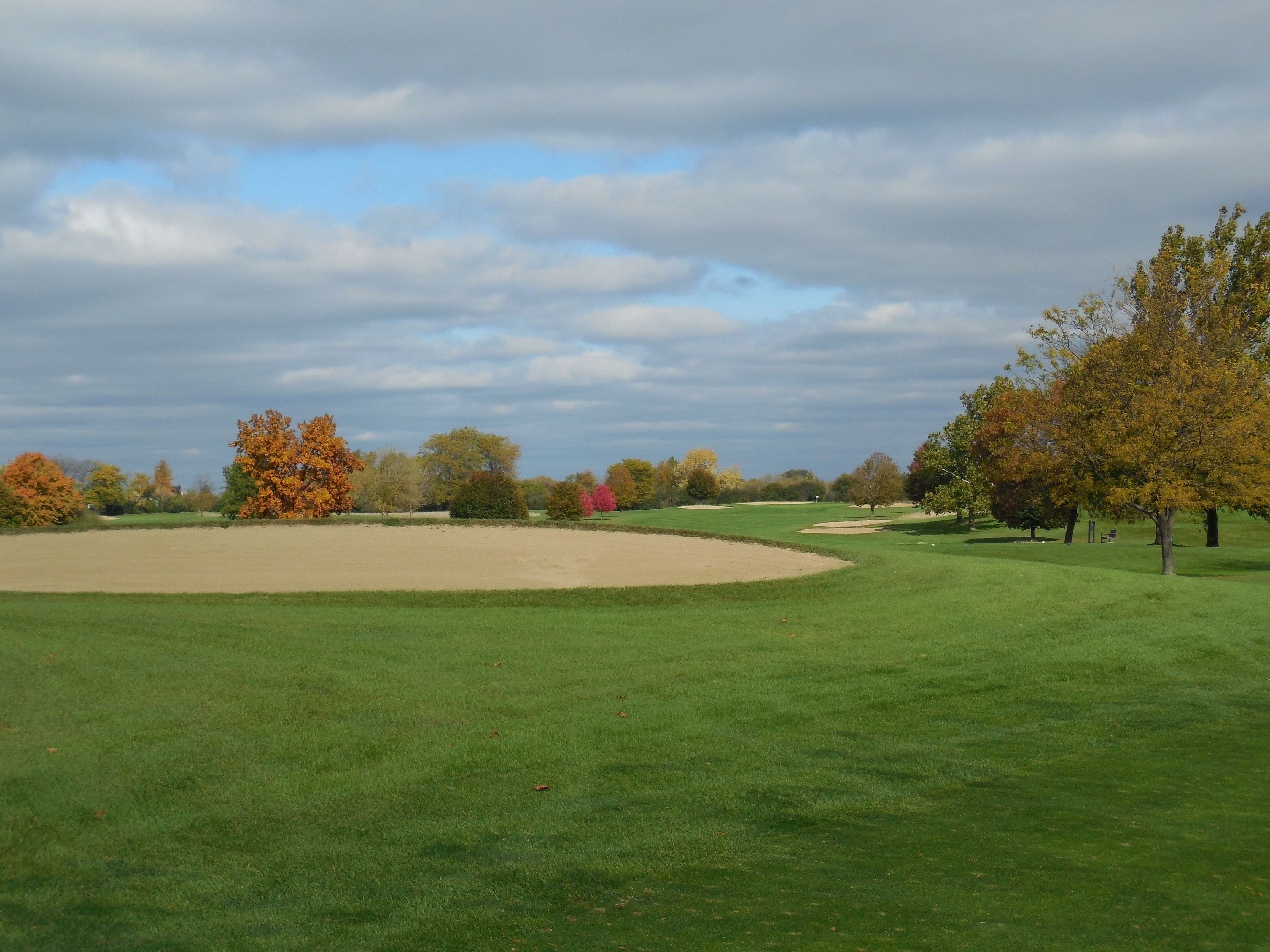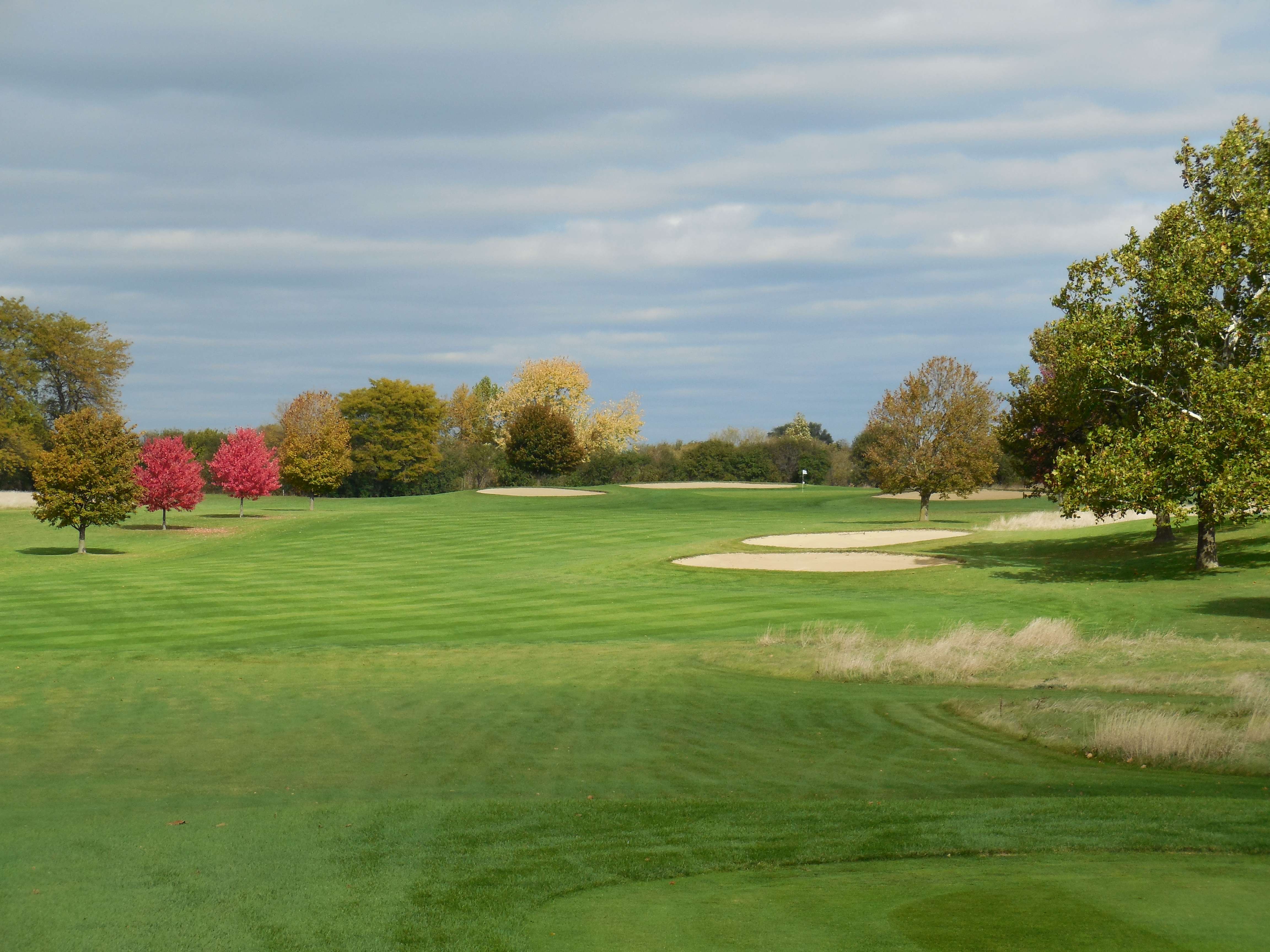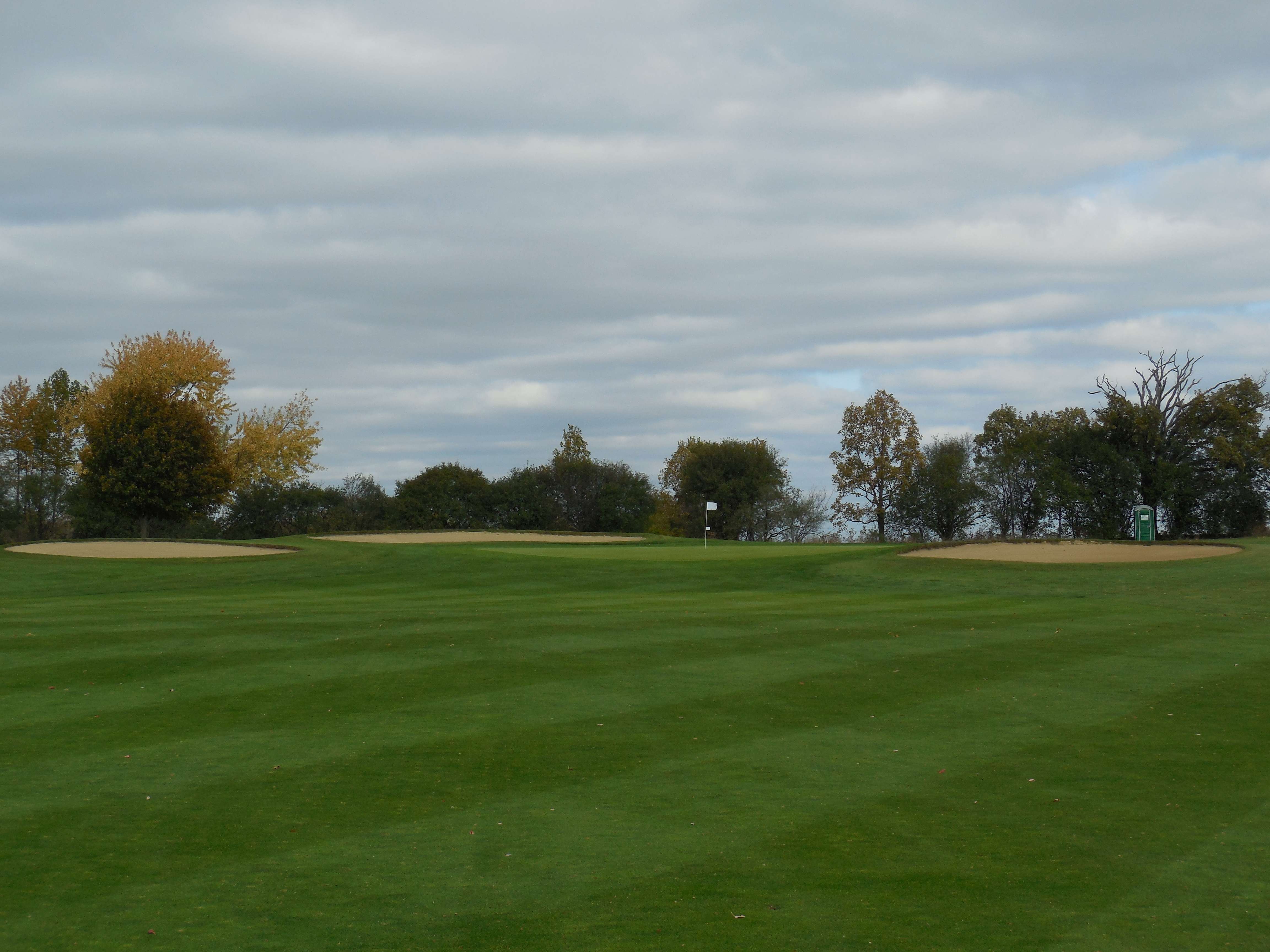There are many posters on this site (Mike Young, Dave McCollum, Bogey Hendren to name a few) that often remind us of the vast number of simple, owner operated, mom and pop type courses/clubs that make up a significant portion of the golf facilities in this country. Our discussions here are typically centered around a very small percentage of the world's golf courses, and rightfully so. Much can be learned from the oldest and greatest and they also have had more of OUR eyes on them than the humble layouts that dot the highways and byways.
These modest, "everyman's" courses often don't carry much in terms of world-class architecture, but that doesn't keep them from being the primary playing fields for many (if not most) golfers. A good number of courses of this ilk practice the "less is more" approach that we laud here from time to time. Often, due to budget constraints and site limitations, the results aren't anything that would catch the eye of a discerning hobbyist. However, the bare bones approach keeps these facilities affordable to customers/members and sustainable for owners.
Old Wayne GC in West Chicago, IL is a club of this type. It is built on a broad gentle hillside that cascades down to the West Branch of the DuPage River which serves as the course's eastern border. Really it is more of a stream, but the map says what it says. The approach to maintenance is quite simple, and for the most part the seasons determine the lushness of the turf. In drier periods, there isn't any overcompensation to keep the course emerald green, but during the typically wet spring and early summer months the course gets plenty of water. Playing with a few GCAers a couple of weeks ago, the course was downright springy with balls bounding onto and over some greens.
The greens are small and presented in the de facto oval shape, for the most part. Most, but not all, of the greenside bunkering is front right-front left. Except for the area around the modest clubhouse, the course is sparsely treed. The lack of punishing hazards throughout results in stress free swings from the tee, you will not loose golf balls at Old Wayne. That said, the predominant slope of the land creates some greens with significant tilt that can up the ante on approach shots from bad angles. That same slope can befuddle newcomers on the greens as well. Seemingly straight putts break considerably, while putts with modest-looking break take off and don't stop.
Old Wayne was built by Charles Maddox in the 1960's on family owned farm land. Stonehenge GC, in Barrington, IL, is a sister course to Old Wayne and is also built on Maddox family property. OW offers three sets of tees (6805, 6450, and 5295). Being so exposed, wind conditions can make a considerable difference as to how long each hole plays on a day to day basis.
Instead of an exhaustive photo tour, I'm going to highlight a few of the more interesting holes. A few GCAers have joined me at Old Wayne, and their feedback and insights are welcome. However, I don't expect this to generate a multi-page blow by blow akin to the Ballyhack thread or other similar threads featuring our GCA beloved.
The entrance to Old Wayne Golf Club

We'll take a look at some holes from the back 9 first, as I think it is the better of the two 9s. Here is a view from the tee at the 10th (Par 4 - 400, 375, 340). The hole bends sharply to the left around the two bunkers in the foreground. The fairway you see extending off in the distance is the 11th. Tee shots on the dogleg 10th can be played out to the right of, short of, or over the fairway bunkers. I have played in conditions where it was everything I could do just to get to the bunkers, and on other days they can be carried quite easily. There is a front right greenside bunker that becomes less of an issue by favoring the left with your tee shot. Unfortunately, I don't have any useful shots of the approach or green, but I feel this is one of the better tee shots on the course.

If you come up short of the fairway bunkers, your shot to the green is blind. Here is the view you'll have, note the 11th hole charging up the hill in the background. The 10th green actually lies out of sight to the left of this frame...

The 11th (Par 4 - 420, 410, 290) is an attractive hole and one of the more challenging par 4s. Favoring the left hand side of the fairway is recommended especially for a back right hole location. Two bunkers and one of the few patches of native await drives that play a bit too aggressively up the right.

The green has a bit of a false front. It is also set at an angle to the fairway from front left to back right. Due to the uphill nature of the approach, it can be difficult to stop shots up on top of the green when the ground is playing firm. As a result the back bunker does get a bit of action.
